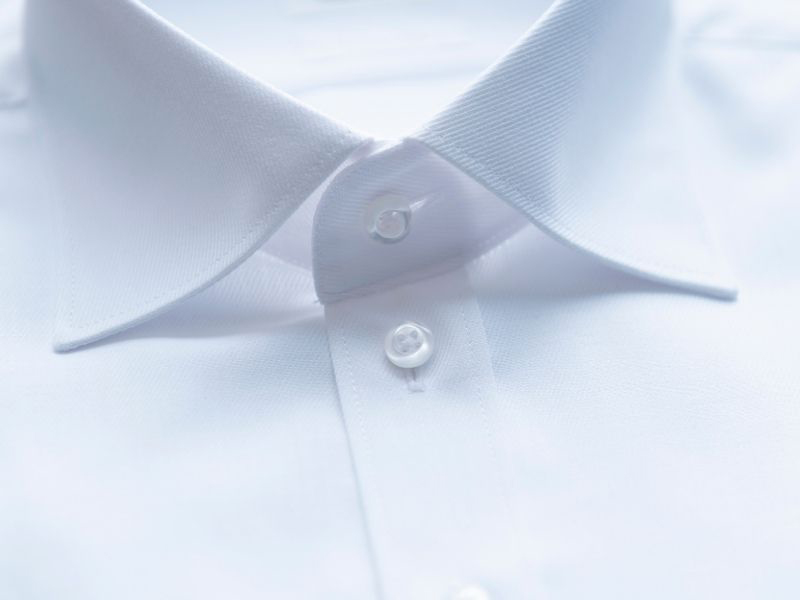I recently washed and dried a load of white dress shirts. When these shirts came out of the washer, they were bright white. However, after drying them, they had all turned yellow. I’ve never had this problem before.
What can I do to prevent this from reoccurring? And how can I get those shirts white again?
In general, white shirts turning yellow or gray is the result of either the detergent (or a combination of detergent and bleach) not being fully rinsed out of the garments during the rinse cycle. In such cases, when you put the white garments into a dryer, you’re essentially baking the residual chemicals onto those items.
I suggest you check your usage of chemicals, as well as the water level on your rinse cycles to be sure you’re getting enough water to properly rinse out the garments.
To regain the whiteness in those dress shirts, wash them in a regular wash cycle using chlorine bleach, if they’re cotton; however, if they are striped or have colors on them, use non-chlorine powder bleach. Then, repeat the drying process. This will remove the yellow stains.
My customers are often forced to wait to use my large washers, which are 50-pound-capacity machines. As a result, I was considering removing a line of 20-pound washers and replacing them with five 80- or 90-pounders. Is there anything specific I should look into before I do this?
Before you make that switch, definitely be sure to check your plumbing and electrical lines to assure that you have ample capacity for these much larger units. Also, depending on your laundromat, you might need to reinforce your floor to compensate for the additional weight of the machines, as well as the increased torque on the big washers when they go into their spin cycles.
Of course, I also would suggest using qualified installers, as this would be a rather complex installation.
I’m opening a new, 4,000-square-foot laundromat in a large, urban location. I’m planning on having a grand opening promotion, and I am going to use direct mail to send out my promotional flyers. My question is how large of an area I should cover with my mailing?
A laundromat that size will require large coverage. I would send your mailing to those within a four- to five-mile radius. You need to hit your break-even point as soon as possible, so give it your all right from the very beginning.
In addition, your flyers should feature coupons, which require your customers to provide their names and addresses in order to be redeemed. This will give you a good idea as to which particular geographic areas your business is coming from, and it also will enable you to better analyze your new store’s customer base and help you devise strategies for growing your operation.
I’m currently looking at a piece of property on which to build a new laundromat. It turns out that this property has been contaminated. However, it includes a No Further Remediation (NFR) label, which means I don’t need to clean it up in order to build and operate my laundry business.
Unfortunately, the banks are refusing to finance this project due to the contamination, despite the NFR label. I can buy the property with cash. Do you think I should go ahead and buy it?
You certainly can buy it, but do so with the clear understanding that – when it comes time to sell your business – you most likely will run into the very same problem. Just like your current situation, you prospective buyers probably won’t be able to obtain financing from most banks – and, unlike you, they may not have to financial wherewithal to purchase the business outright.












